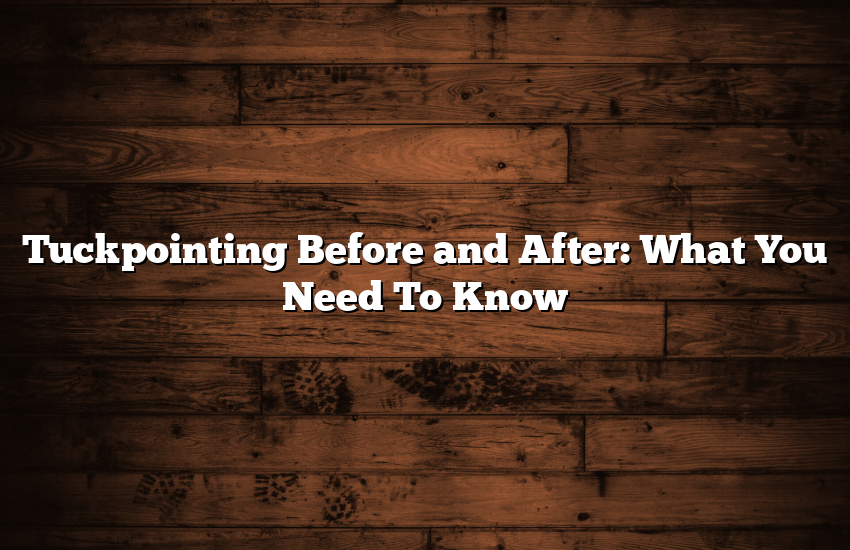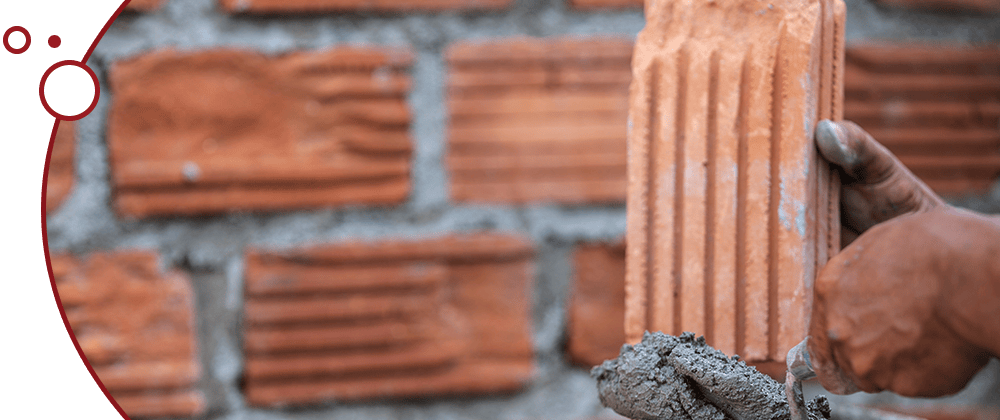
Your home is not just a place; it’s a reflection of your style and care. Among the various aspects that add to its beauty and value, outdoor brick walls stand out remarkably. They not only enhance curb appeal but are also known for their durability and minimal maintenance requirements. However, even the most robust structures need attention, and this is where tuckpointing plays a crucial role.
Table of Contents
When Should You Consider Tuckpointing?
The primary indicator that your home requires tuckpointing is visible deterioration in your brickwork. Crumbling mortar, cracks, and loose bricks are clear signs that your mortar joints need attention. Regular inspection of your brick structures is essential. If you notice any gaps or crumbling, it’s time to act. Cleaning the surfaces and even using a small tool to scrape the mortar can help you assess the extent of damage. A professional should be consulted if there are signs of significant wear, like white powder on the surface.
Delaying tuckpointing can lead to severe problems, such as water infiltration and structural damage. Regular maintenance, roughly every 25 years, can prevent these issues.
The Importance of Tuckpointing
Tuckpointing is not just about maintaining the appearance of your bricks; it’s about preserving the structural integrity of your home. Neglecting this essential maintenance can lead to the weakening of your brick structures and potentially dangerous outcomes.
The Cost of Tuckpointing
The cost of tuckpointing varies depending on several factors:
- Size of the job: The larger the area, the higher the cost.
- Repair work needed: Extensive repair work will increase the overall price.
- Location: Prices vary across different regions.
- Method used: Electric grinder or hand tucking, each has its cost implications.
- Labor: This is a significant portion of the cost.
- Materials: The quality and quantity of materials used also affect the price.
What To Expect After Tuckpointing
Post tuck pointing, your home will not only look renewed but also enjoy added structural strength. It helps in insulation, increases curb appeal, and makes your home weather-resistant.
FAQs About Tuckpointing
What is tuck pointing?
- Tuckpointing is the process of repairing and renewing the mortar joints in brickwork.
How often should tuck-pointing be done?
- Typically, you should perform tuckpointing every 25 years, but this frequency can vary based on the condition of the brickwork
Can I do tuck pointing myself?
- While DIY is an option, professional work ensures quality and longevity.
What are the signs that my home needs tuck pointing?
- Look for crumbling mortar, cracks in mortar joints, and loose bricks.
Is tuck pointing expensive?
- The cost varies based on the scope of work, location, and other factors.


